Anime marketing and storytelling can set up expectations that later turn out to be something else entirely. Sometimes trailers and posters promise one kind of show and the series delivers another. Other times creators hide big twists or label releases in ways that confuse when the story will actually end. Here are twenty clear cases where what fans were led to expect did not match what arrived on screen.
‘Puella Magi Madoka Magica’ (2011)
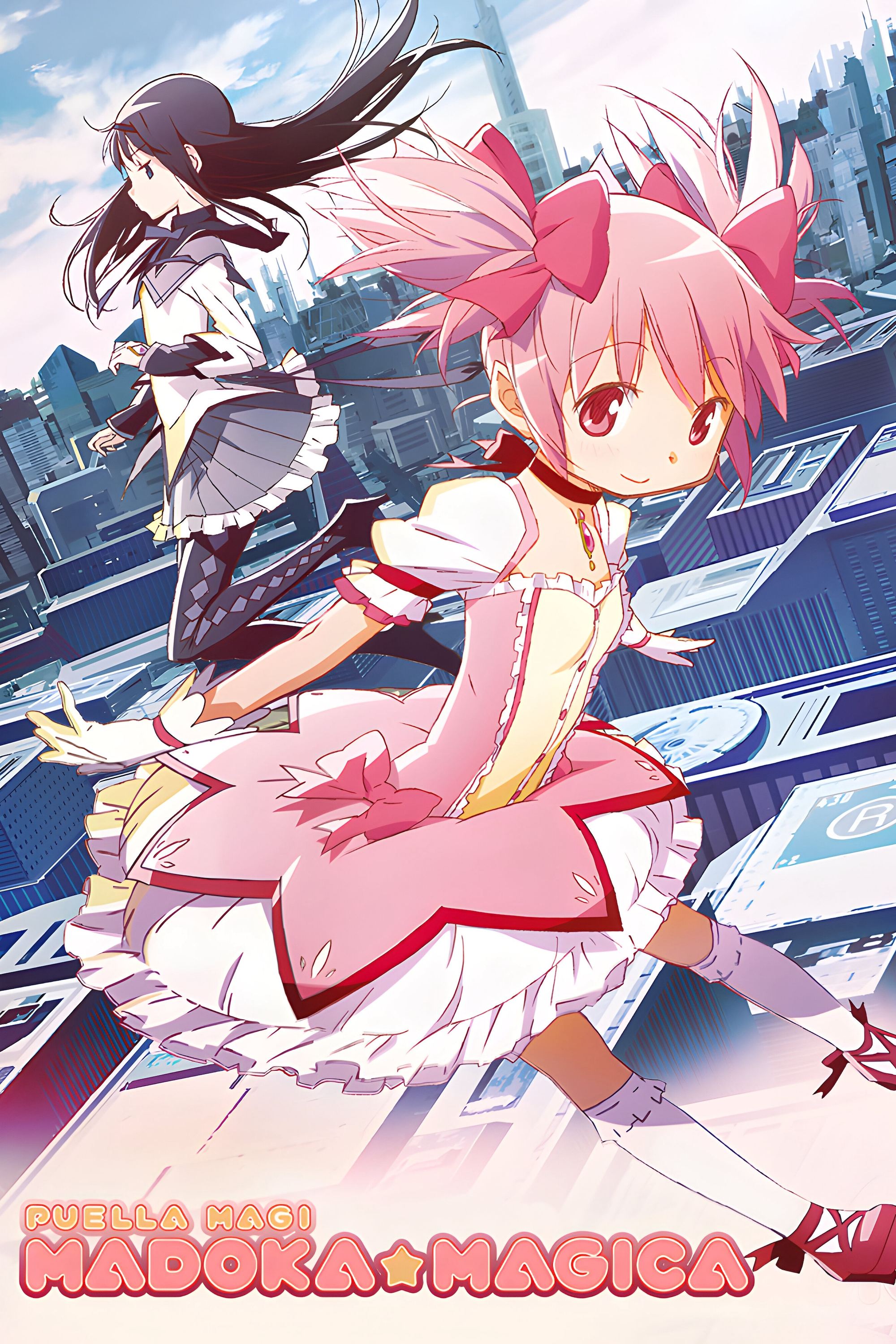 SHAFT
SHAFTPreviews and early promos presented a bright, traditional magical girl story centered on friendship and cute mascots. The third episode abruptly revealed the series as a grim deconstruction with permanent consequences. Staff interviews later confirmed they kept the darker premise secret to preserve the shock. Merchandise and magazine spreads prior to airing leaned into the cheerful tone rather than the actual plot turns.
‘Attack on Titan’ (2013–2023)
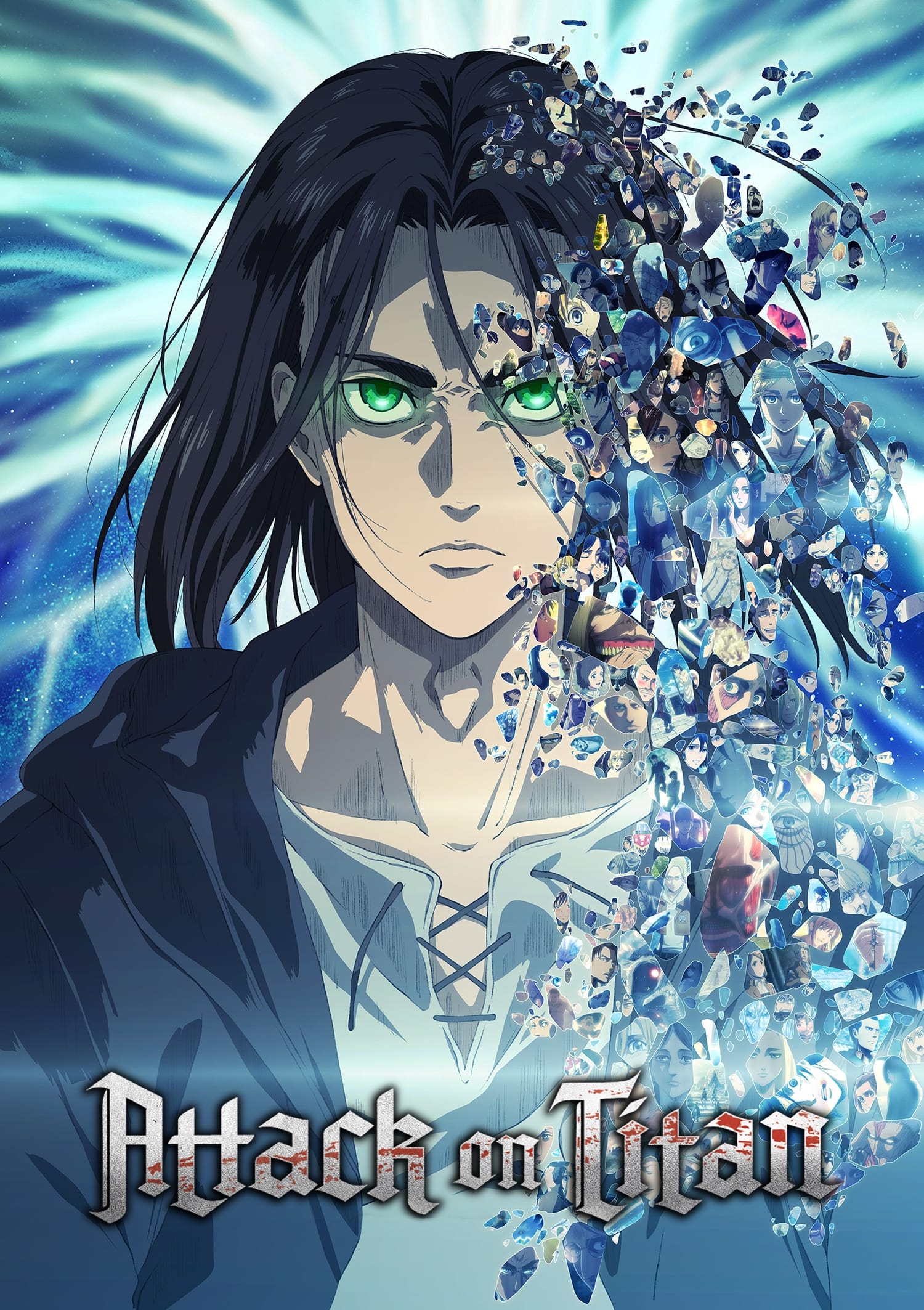 Production I.G
Production I.GThe studio labeled multiple broadcast blocks as part of the final season even though the story continued beyond each run. Fans saw “The Final Season” followed by additional parts and specials across later years. Home video and streaming entries kept the final season branding for new chunks of episodes. Viewers could not tell from the title alone when the anime would actually conclude.
‘Higurashi: When They Cry – Gou’ (2020–2021)
 Passione
PassioneAdvertising and early episodes led many to believe this was a remake of the original story. Midway through, it became clear the series functioned as a sequel that followed events after the earlier arcs. Character behavior and new plot mechanics only made full sense with prior continuity. The reveal depended on withholding that status in initial marketing.
‘The Melancholy of Haruhi Suzumiya’ (2006–2009)
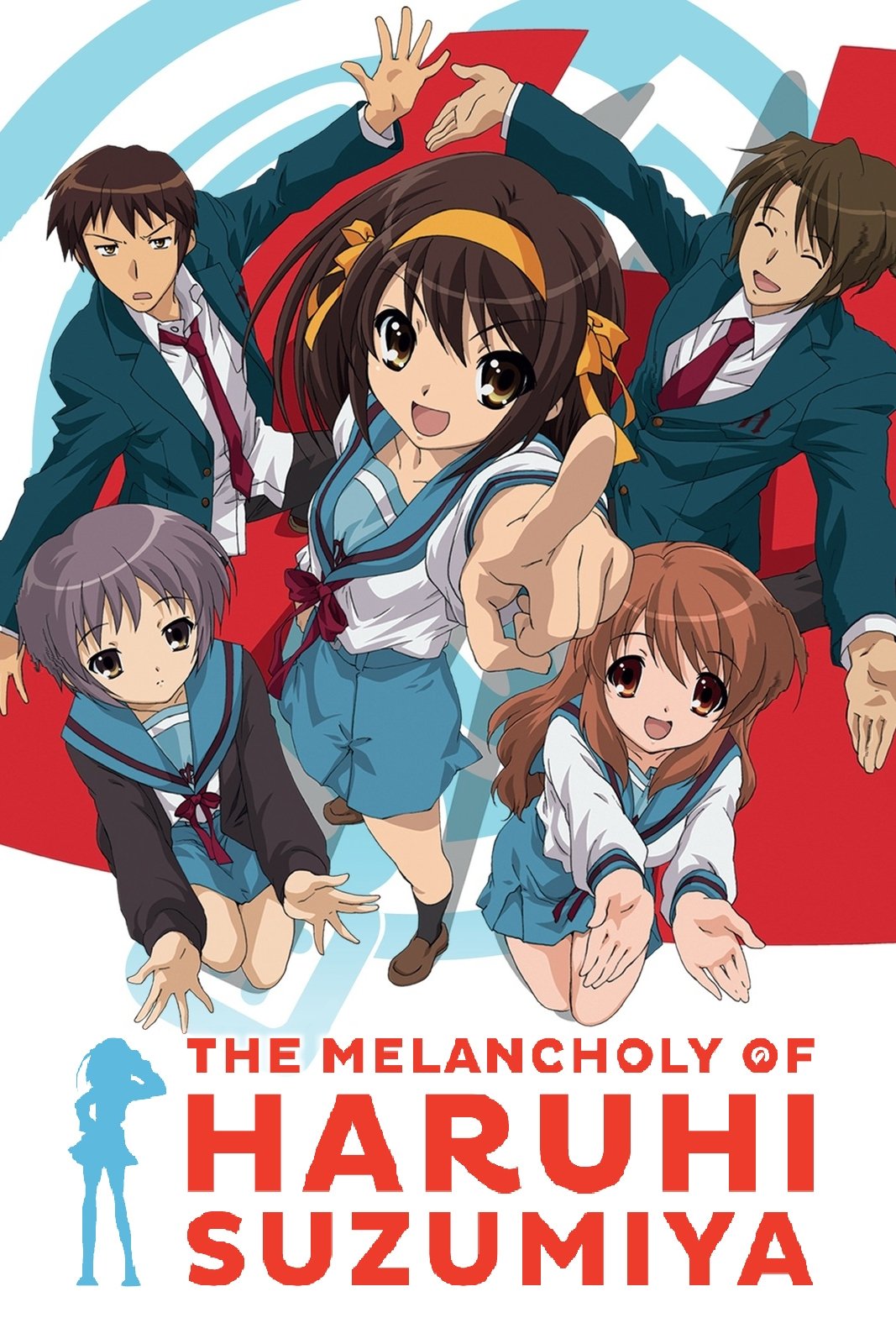 Kyoto Animation
Kyoto AnimationThe Endless Eight arc repeated essentially the same episode eight times with new animation and small differences. Listings and previews did not indicate a loop of near identical weeks. Fans expecting forward plot motion instead encountered deliberate narrative repetition. The broadcast order decision also obscured which episodes were new and which were variations.
‘Neon Genesis Evangelion’ (1995–1996)
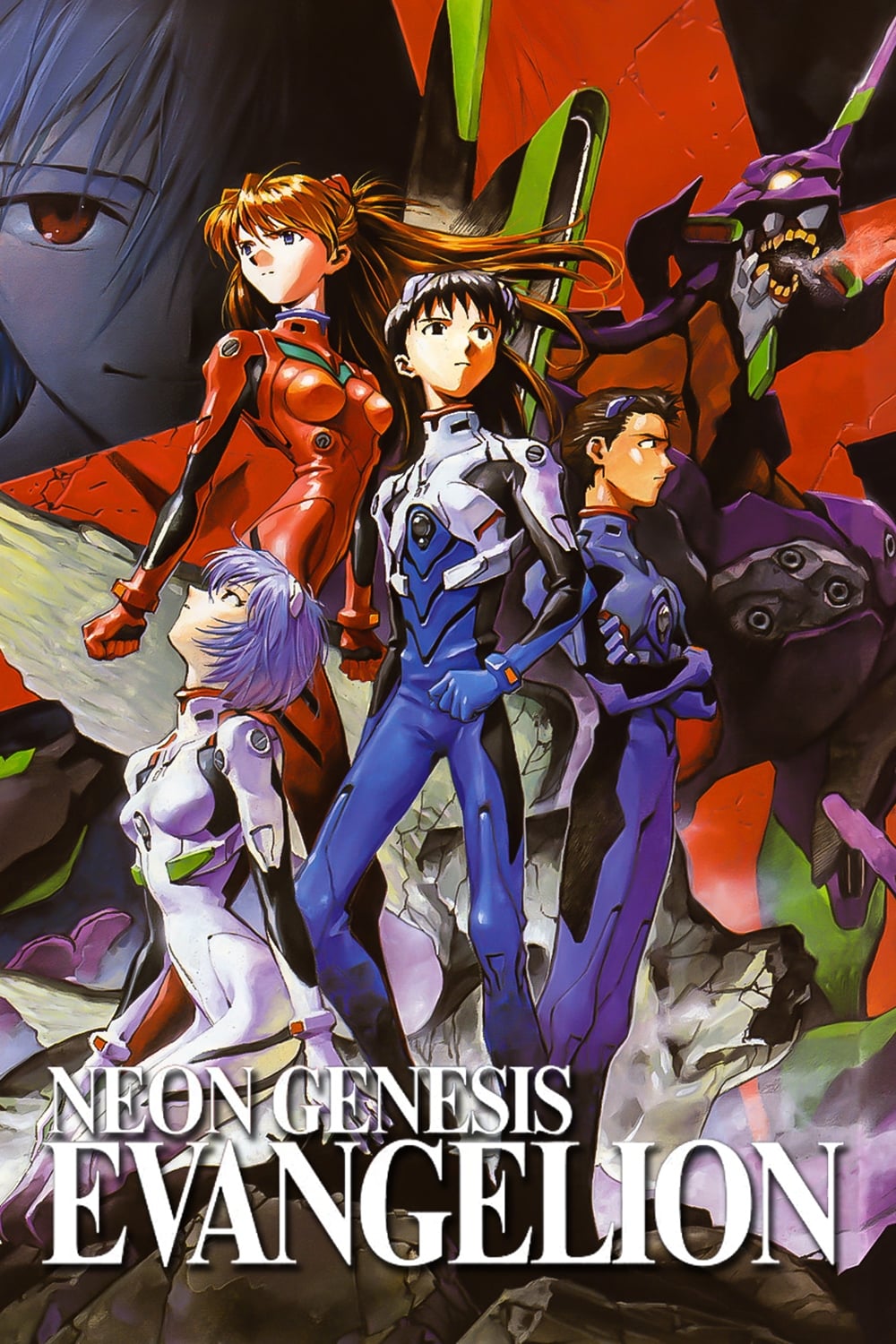 GAINAX
GAINAXNext episode previews regularly teased scenes that never appeared due to production shifts. The television ending changed tone and scope in ways not hinted by earlier setup. A later film provided an alternate conclusion that contradicted viewer expectations from the series. The gap between teased content and what aired became part of the show’s history.
‘Fullmetal Alchemist’ (2003–2004)
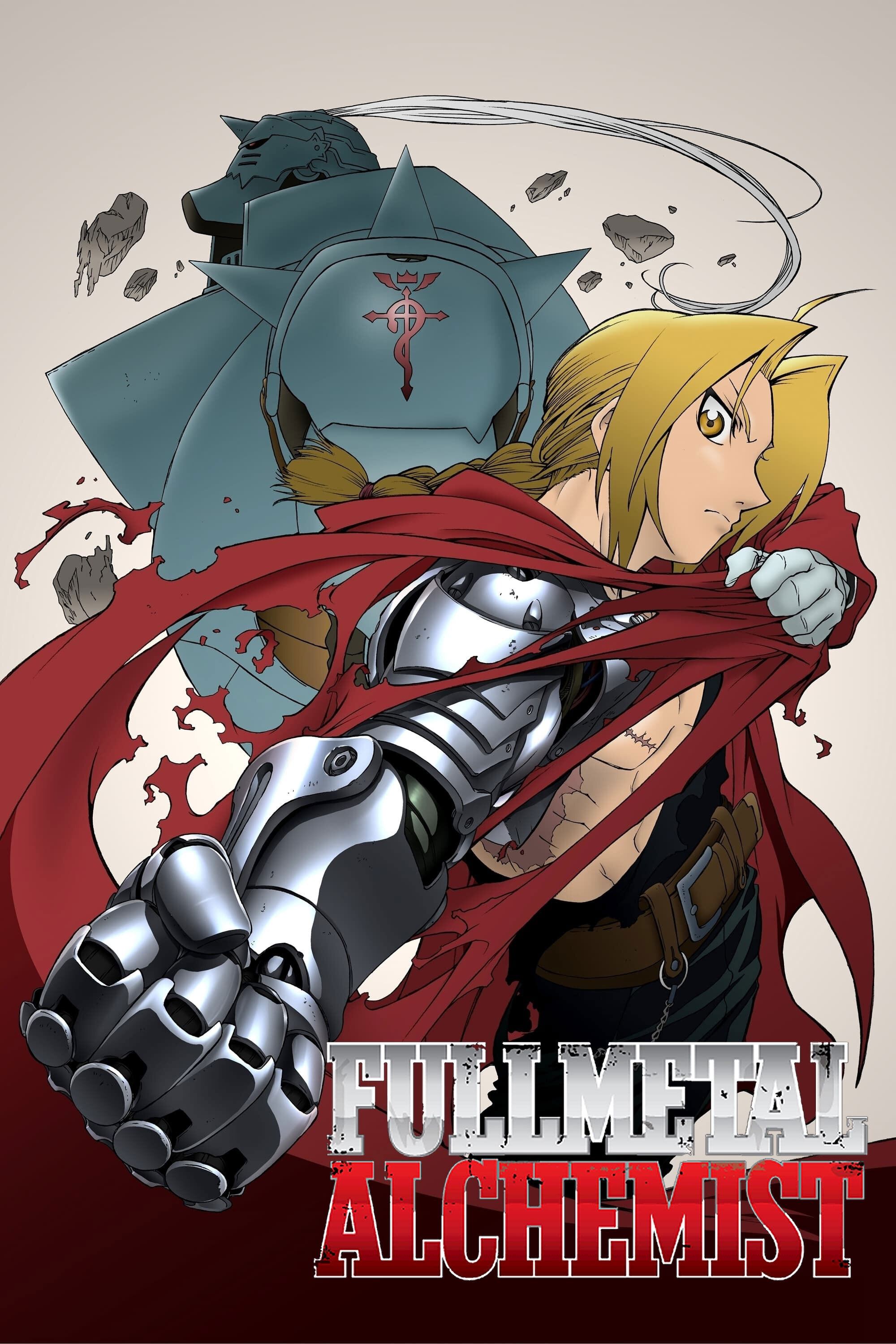 Square Enix
Square EnixThe anime began as a close adaptation of the manga, then diverged once it caught up. New villains and an original ending replaced future manga arcs that were still being written. Viewers who expected a faithful retelling throughout received a different second half. The later series ‘Fullmetal Alchemist: Brotherhood’ addressed that by adapting the complete story.
‘The Promised Neverland’ (2019–2021)
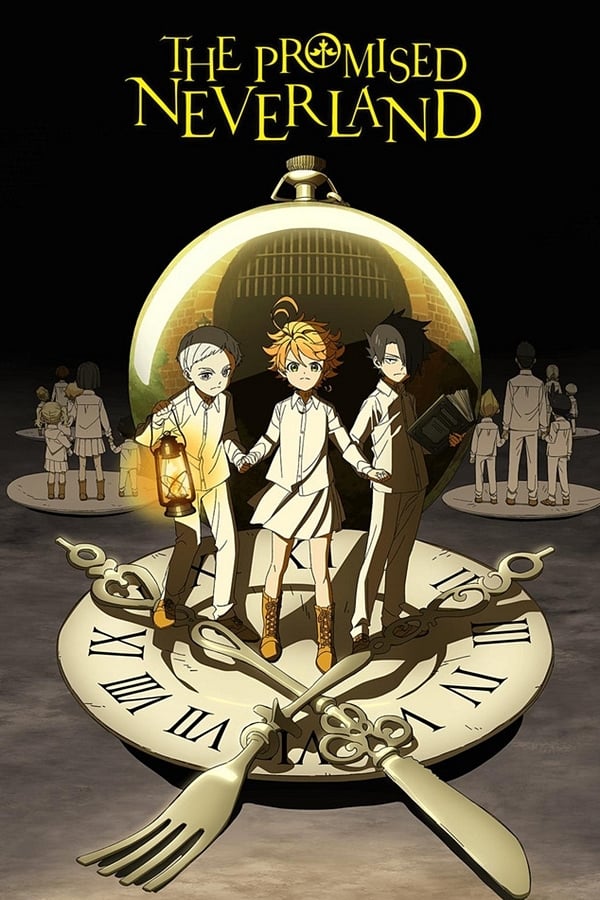 CloverWorks
CloverWorksSeason two skipped entire manga arcs that had been foreshadowed in season one. Major characters and set pieces appeared only in brief references or montage cards. The release order did not signal that such changes would occur. The narrative jumped ahead to a conclusion that compressed wide stretches of the source material.
‘Tokyo Ghoul √A’ (2015)
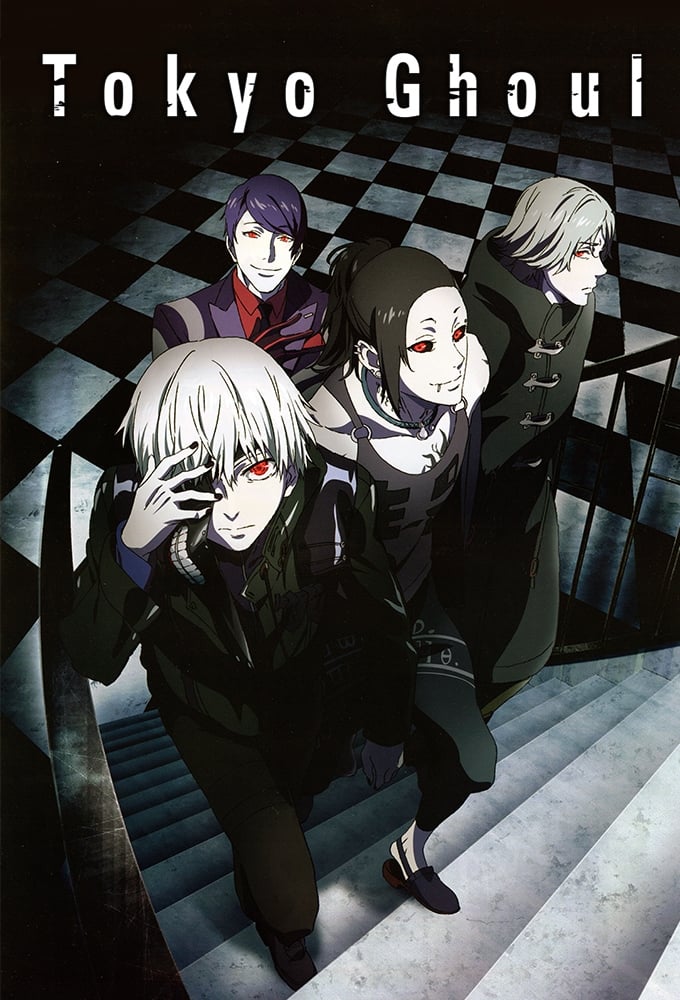 Marvelous
MarvelousMarketing suggested a continuation of the manga’s storyline following key confrontations. The anime instead branched into an original plot that contradicted established character paths. Several anticipated scenes from the source never appeared on screen. Later adaptations returned closer to the manga while this season remained an alternate route.
‘Naruto Shippūden’ (2007–2017)
 TV Tokyo
TV TokyoA headline character death during the Pain Assault arc was reversed within the same storyline. The revival used a unique ability that restored multiple casualties. Promotional materials around those episodes did not clarify the temporary nature of the losses. Similar teases occurred with other characters who were shown defeated before returning shortly after.
‘Dragon Ball Z’ (1989–1996)
 Fuji Television Network
Fuji Television NetworkOn Namek, the villain’s claim that a planet would explode in five minutes stretched across many episodes. Airing schedules and previews built suspense without matching real time. The extended battle pacing made the stated countdown an unreliable indicator. This became a well known example of narrative time not aligning with episode runtime.
‘One Piece’ (1999)
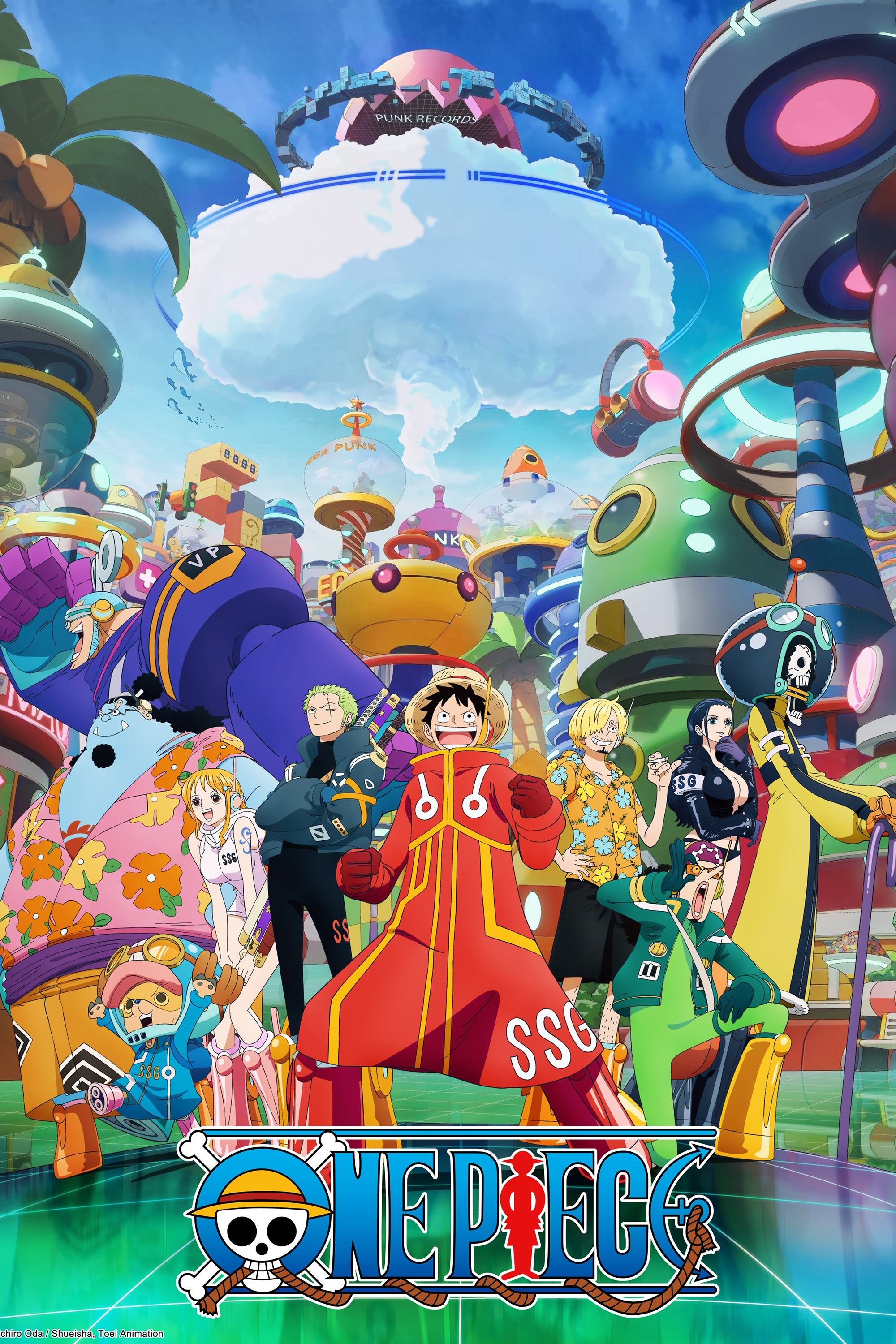 Toei Animation
Toei AnimationSeveral characters presumed dead were later revealed alive after off screen rescues or twists. Early arcs framed sacrifices as final before later chapters overturned them. Trailers and episode titles used language that implied permanent farewells. Long running mysteries also left viewers believing in outcomes that changed when new information surfaced.
‘Code Geass: Lelouch of the Rebellion’ (2006–2008)
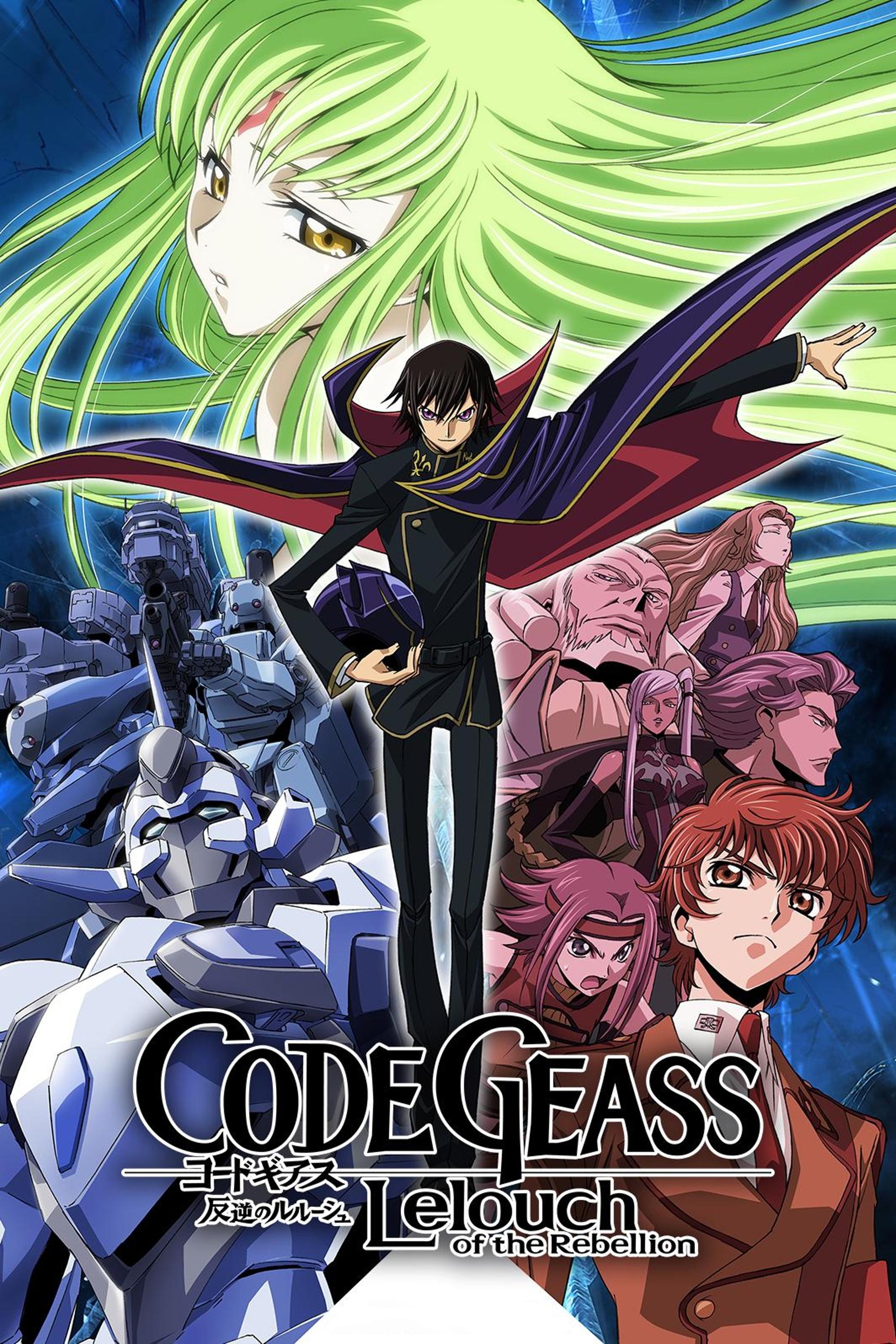 SUNRISE
SUNRISEThe series finale framed the protagonist’s death as the end of his story. Years later, a film presented a continuity where he survived due to events outside the original broadcast. The movie clarified it operated in a distinct timeline from the TV ending. Fans who took the televised conclusion as definitive learned it depended on which canon they followed.
‘JoJo’s Bizarre Adventure: Golden Wind’ (2018–2019)
 Warner Bros. Japan
Warner Bros. JapanA central ally appeared to survive a lethal injury and continued to lead the team. Later dialogue revealed his body had already failed and only his will persisted. The series staged scenes to mask that point until a specific reveal. Episode previews did not disclose the condition to preserve the twist.
‘Danganronpa 3: The End of Hope’s Peak High School’ (2016)
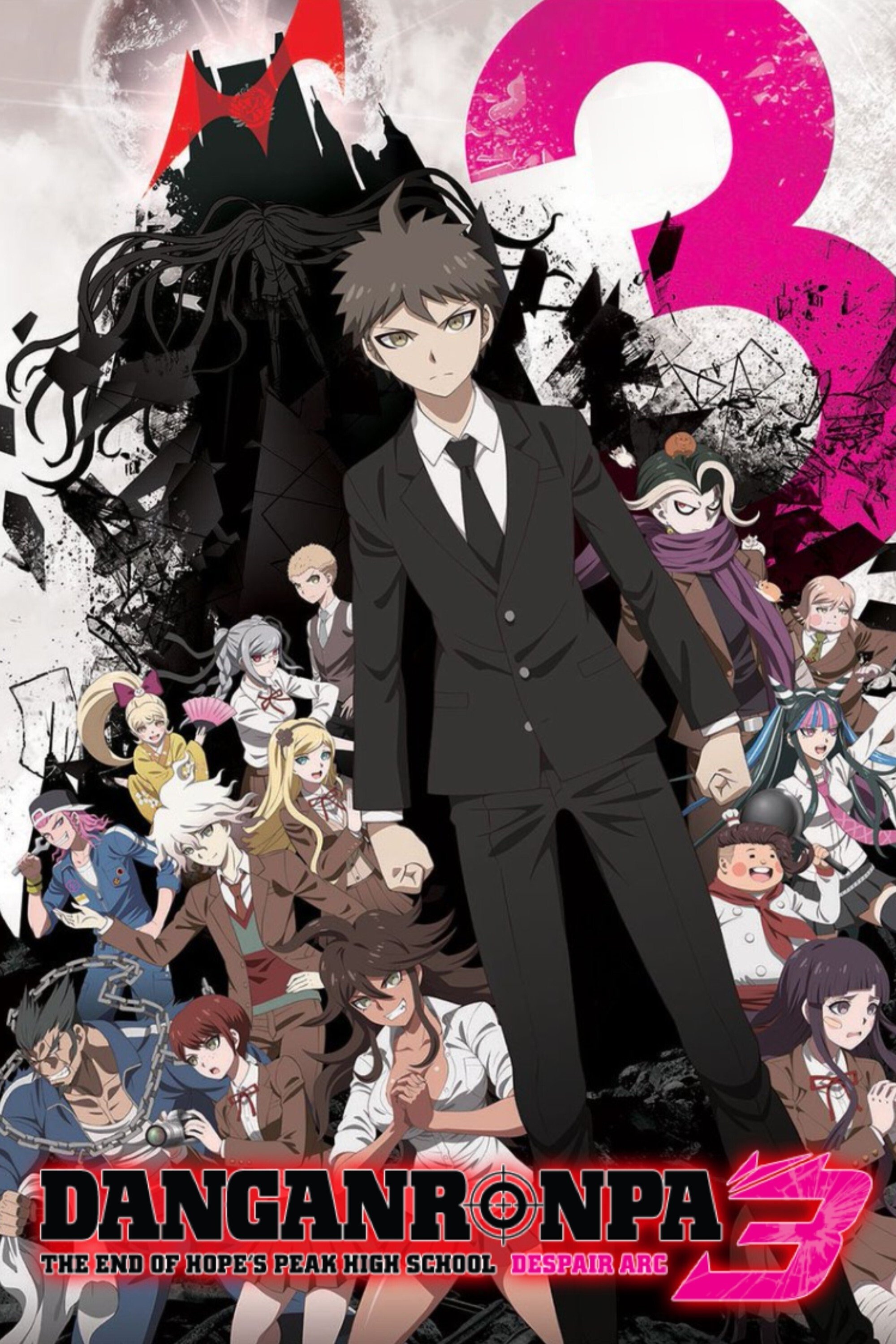 Lerche
LercheThe story aired as two interwoven series on different days of the week. Watching in calendar order was required to follow the plot as intended. The “3” label suggested a single season when it was actually split into distinct arcs. Viewers who started one arc alone discovered missing context held by the companion broadcast.
‘Akame ga Kill!’ (2014)
 White Fox
White FoxThe anime reached an original ending while the manga continued. Character fates and the final confrontation diverged sharply from the source. Scenes many readers expected to see were replaced by anime exclusive outcomes. Later manga chapters resolved threads that the show closed in a different way.
‘Shaman King’ (2001–2002)
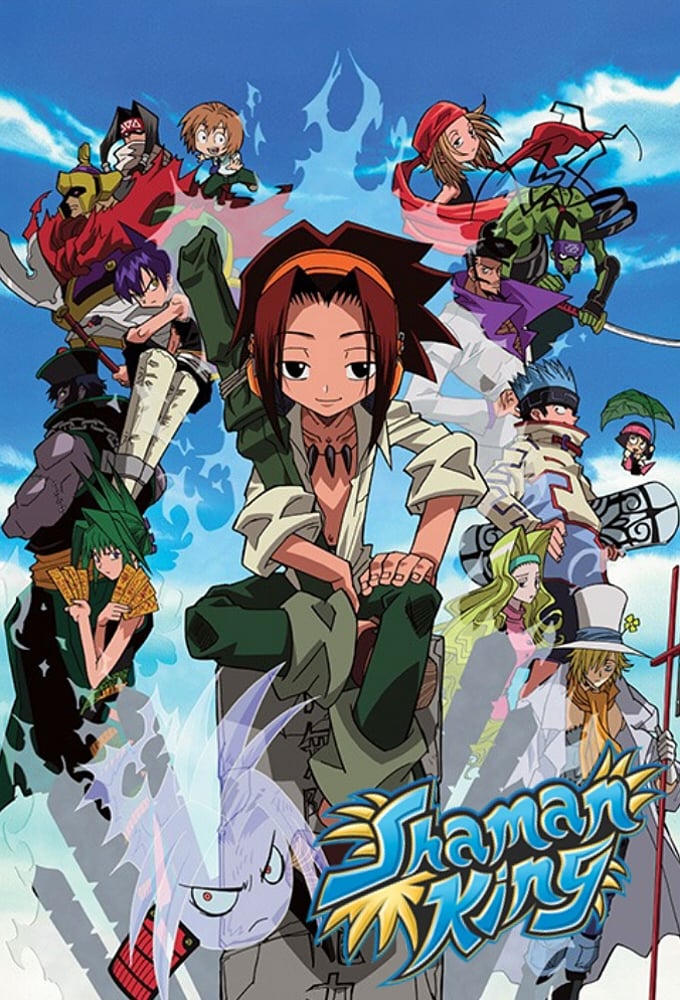 XEBEC
XEBECOnce the show approached the manga’s latest chapters, it pivoted to an original conclusion. Newly invented plot points and an anime only finale replaced later printed arcs. The broadcast gave no indication of the coming divergence until it happened. A later reboot adapted the full manga storyline from start to finish.
‘Soul Eater’ (2008–2009)
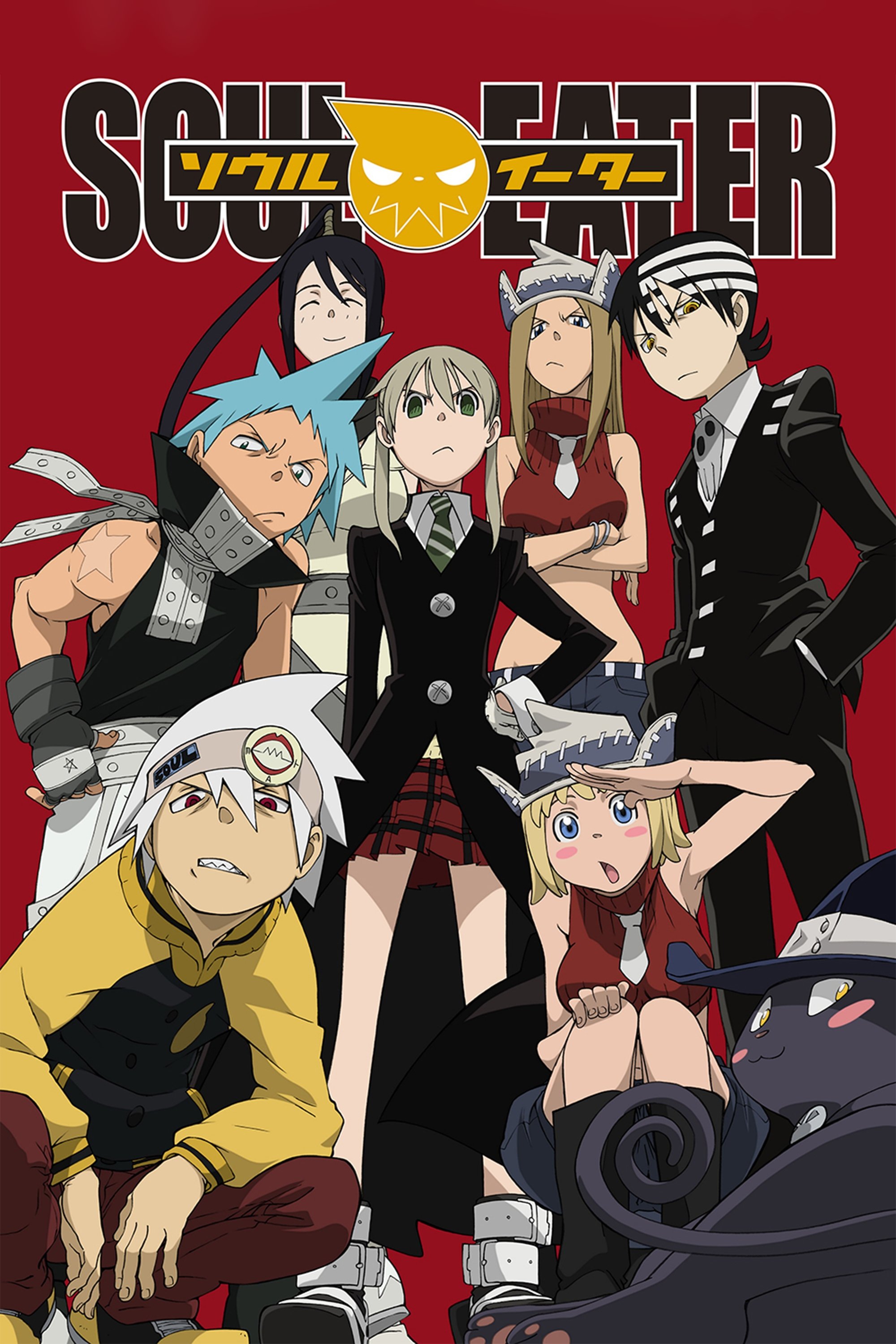 Square Enix
Square EnixMidway through, the adaptation departed from the manga and created a new endgame. Villain motivations and the climactic battle differed from the source. The anime wrapped up before key manga developments existed. A faithful continuation never followed for this version.
‘Sword Art Online’ (2012–2020)
 A-1 Pictures
A-1 PicturesThe first cour marketed survival inside a single death game as the premise. By the midpoint the narrative left that world and shifted to new virtual settings. Seasonal branding kept the franchise title while each arc changed rules and stakes. Trailers for later cours focused on entirely different conflicts than those introduced at the start.
‘Mobile Suit Gundam SEED Destiny’ (2002–2005)
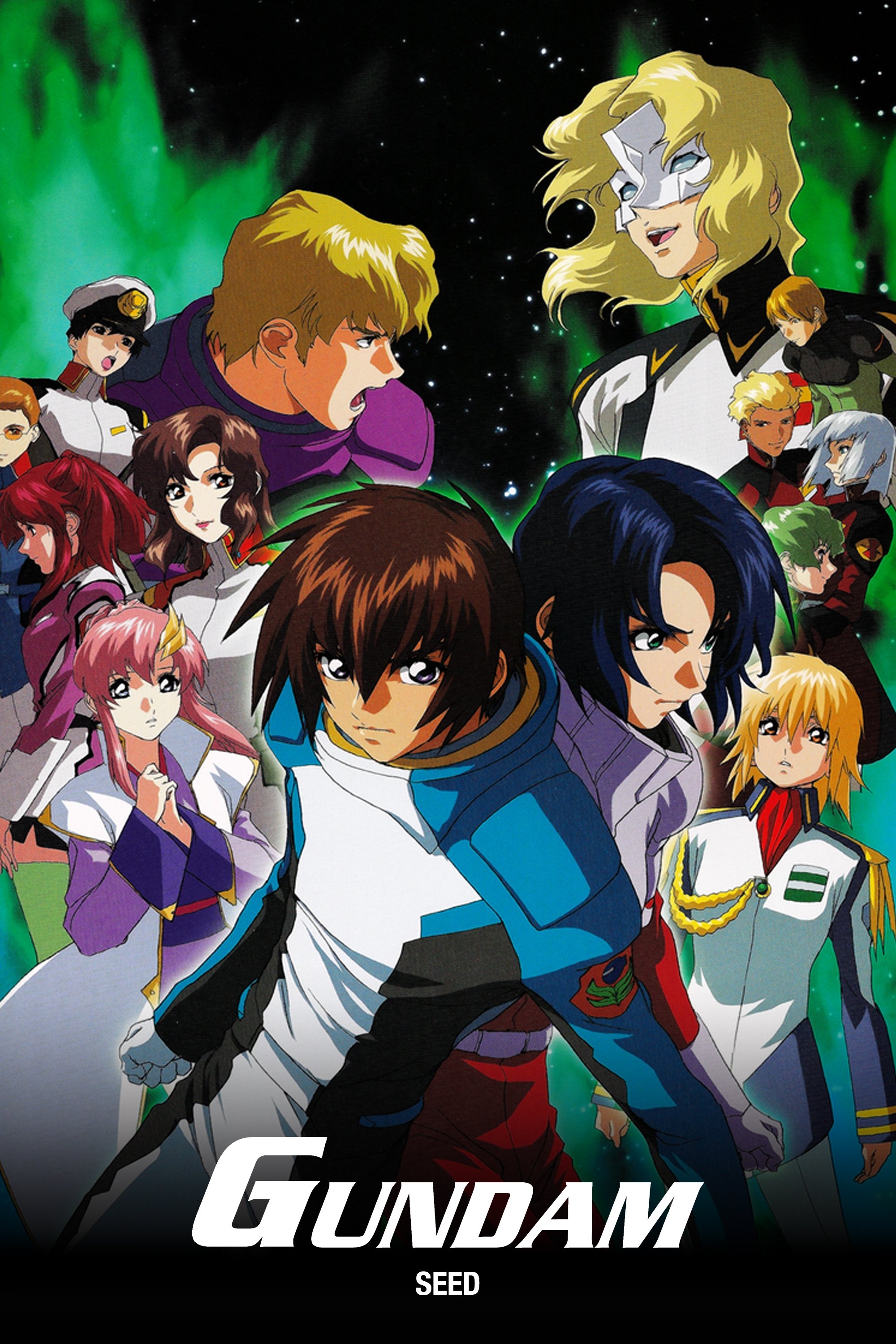 SUNRISE
SUNRISEEarly promotion and initial episodes positioned a new pilot as the lead character. As the series progressed, focus moved back to returning protagonists from the prior show. Key battles and resolutions centered on the earlier hero’s perspective. The shift created a different main character emphasis than what viewers first expected.
‘Death Note’ (2006–2007)
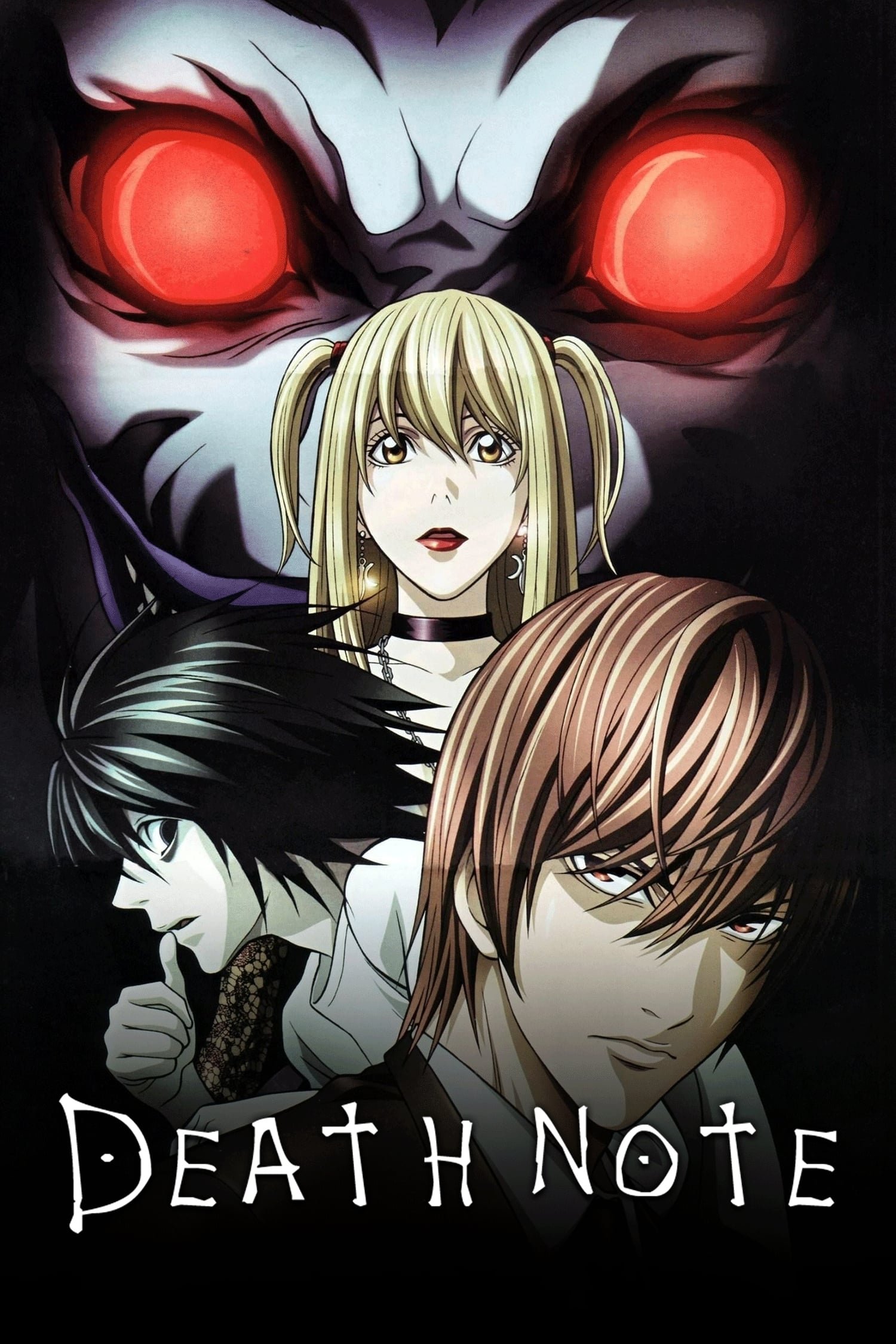 Madhouse
MadhouseThe opening half framed a battle of wits between two named rivals. Mid series, one of them died and a new pair of investigators took over the case. Marketing around the start highlighted the original duel without indicating that handoff. The structure split the story into two distinct phases that surprised new viewers.
Share your own examples of anime misdirection in the comments so we can compare notes on the biggest curveballs.

.jpeg)

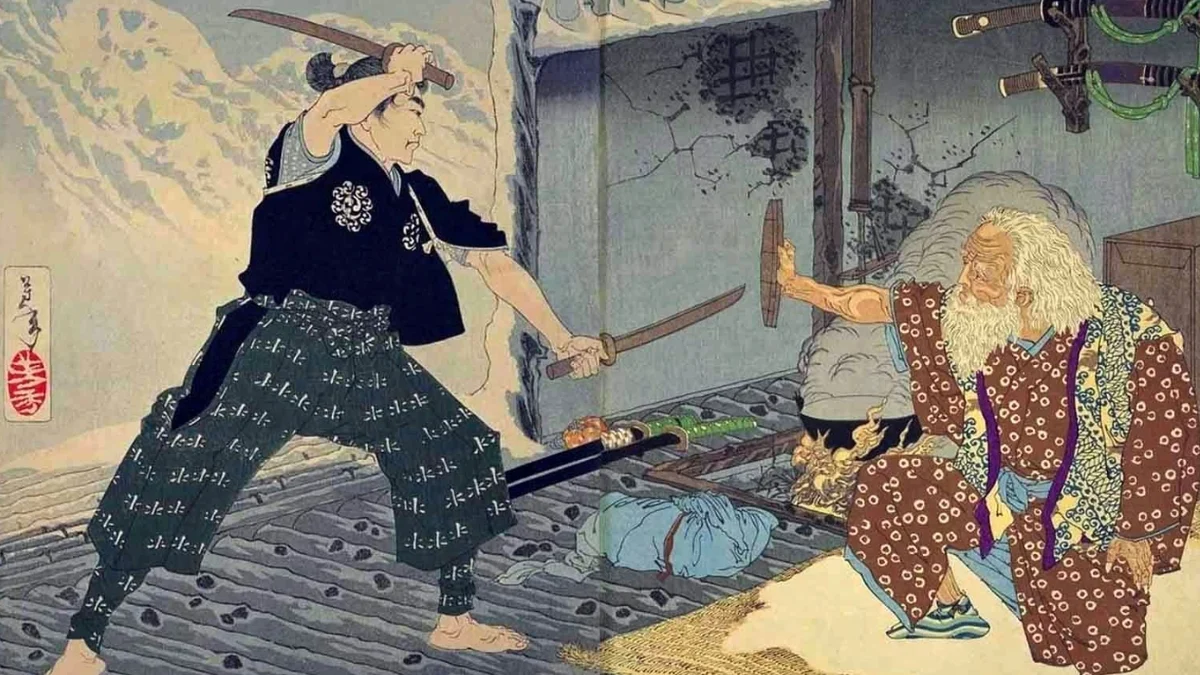

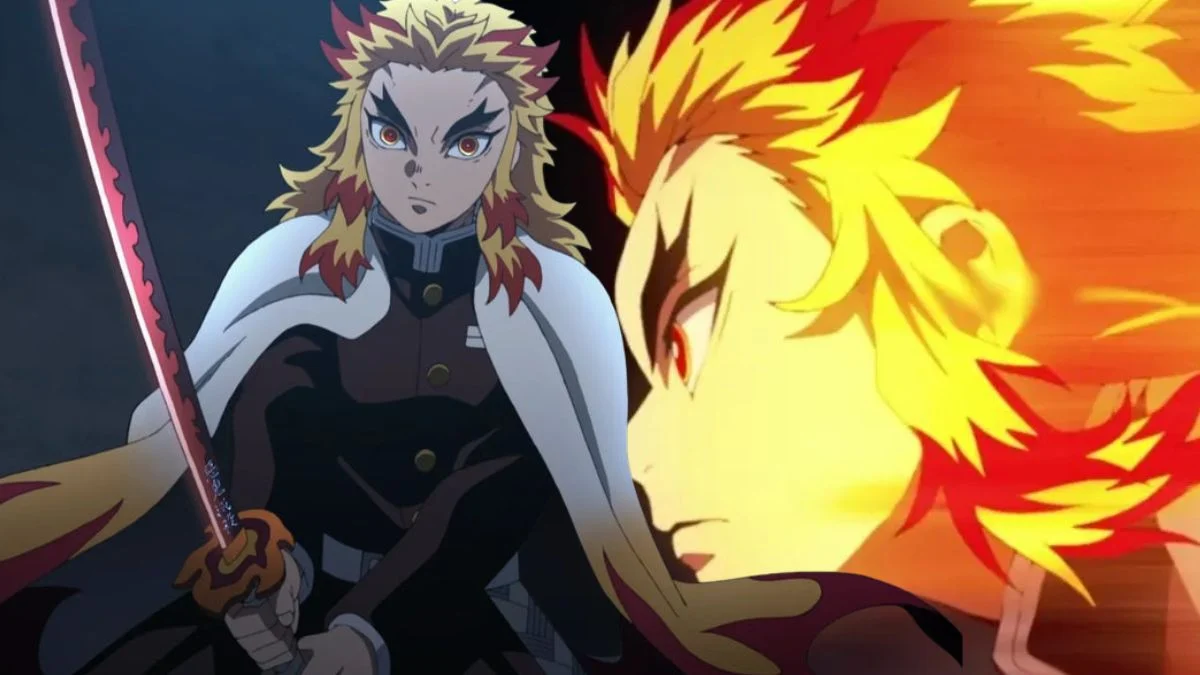

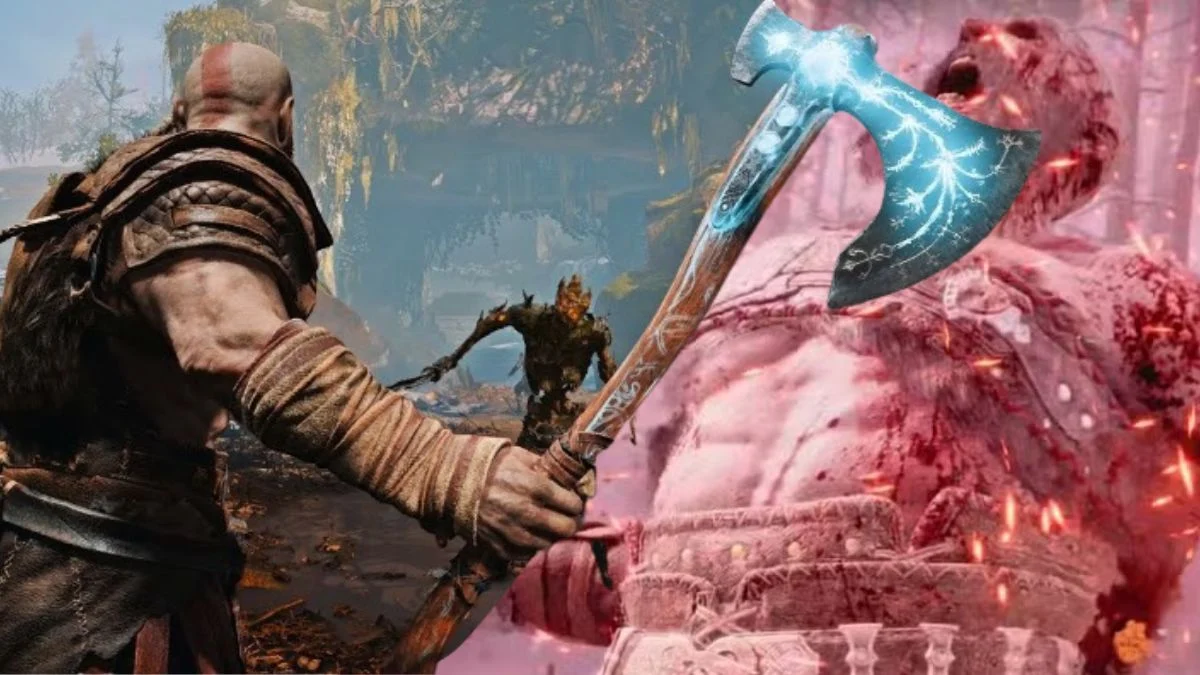
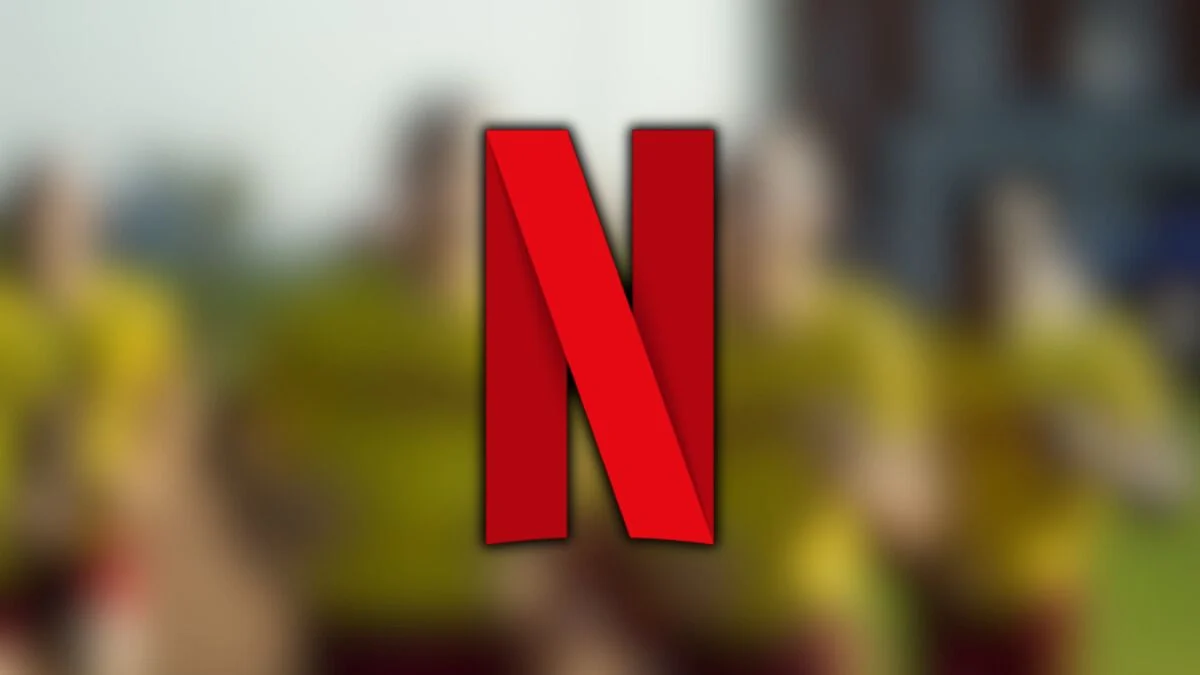



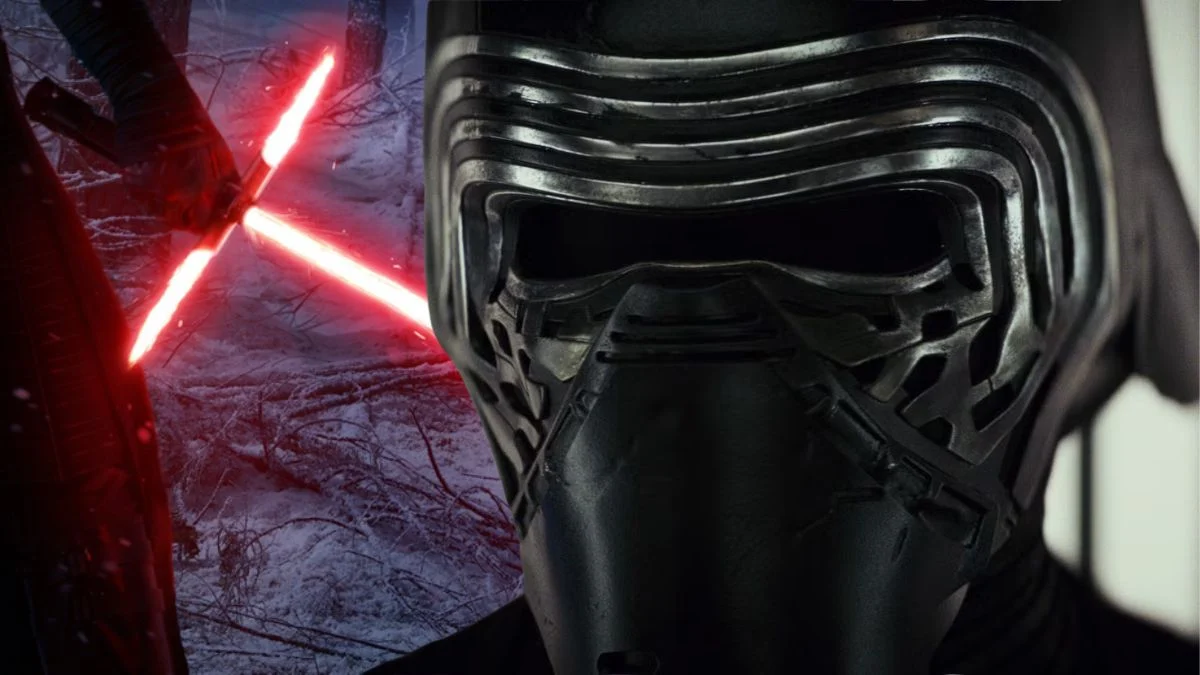






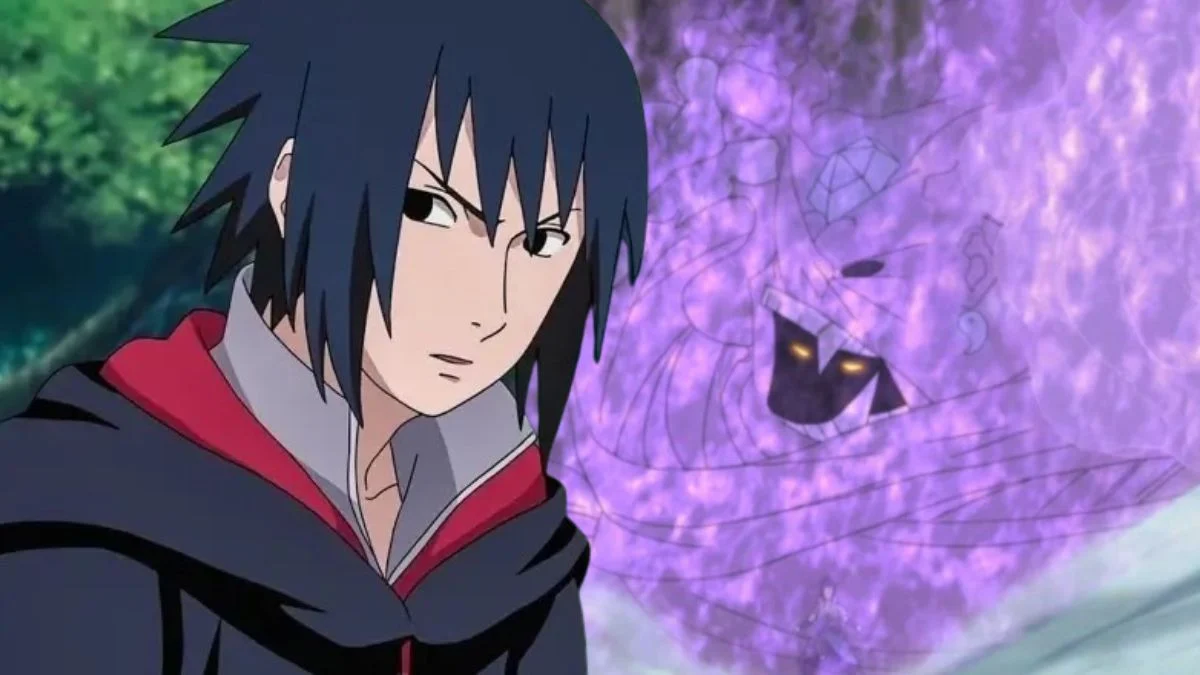


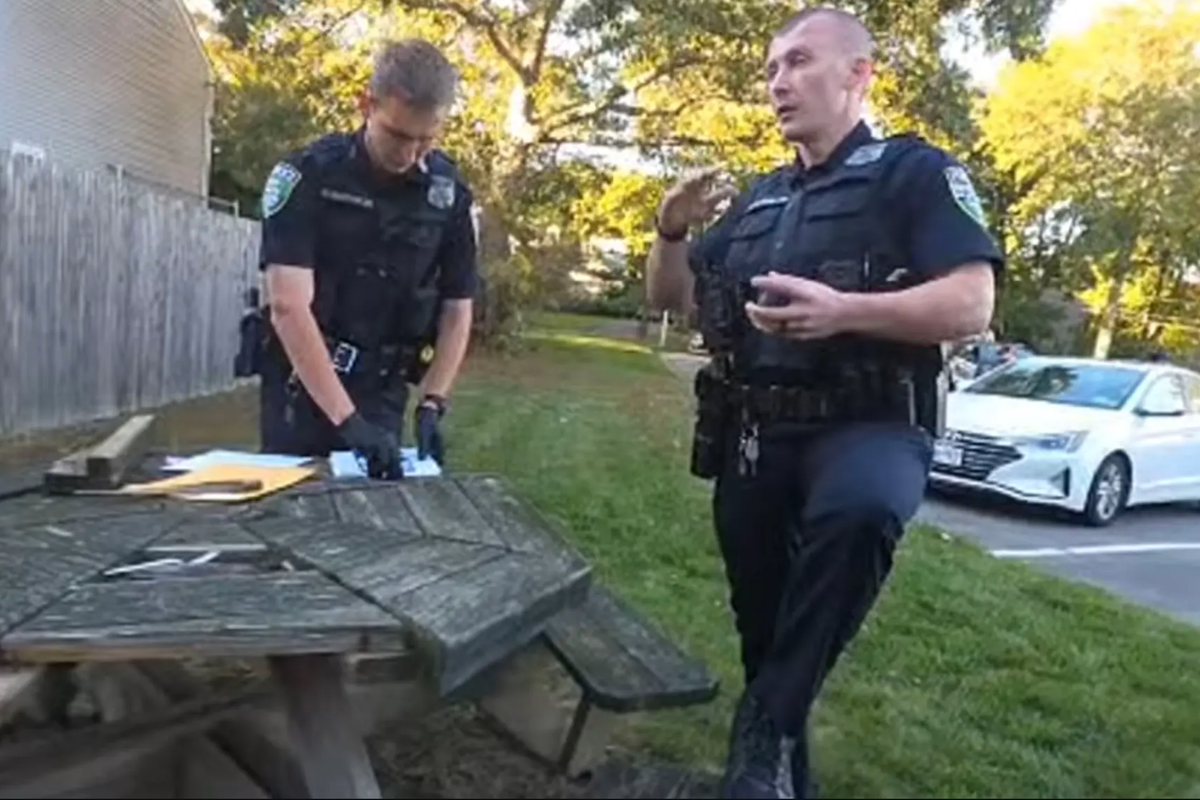




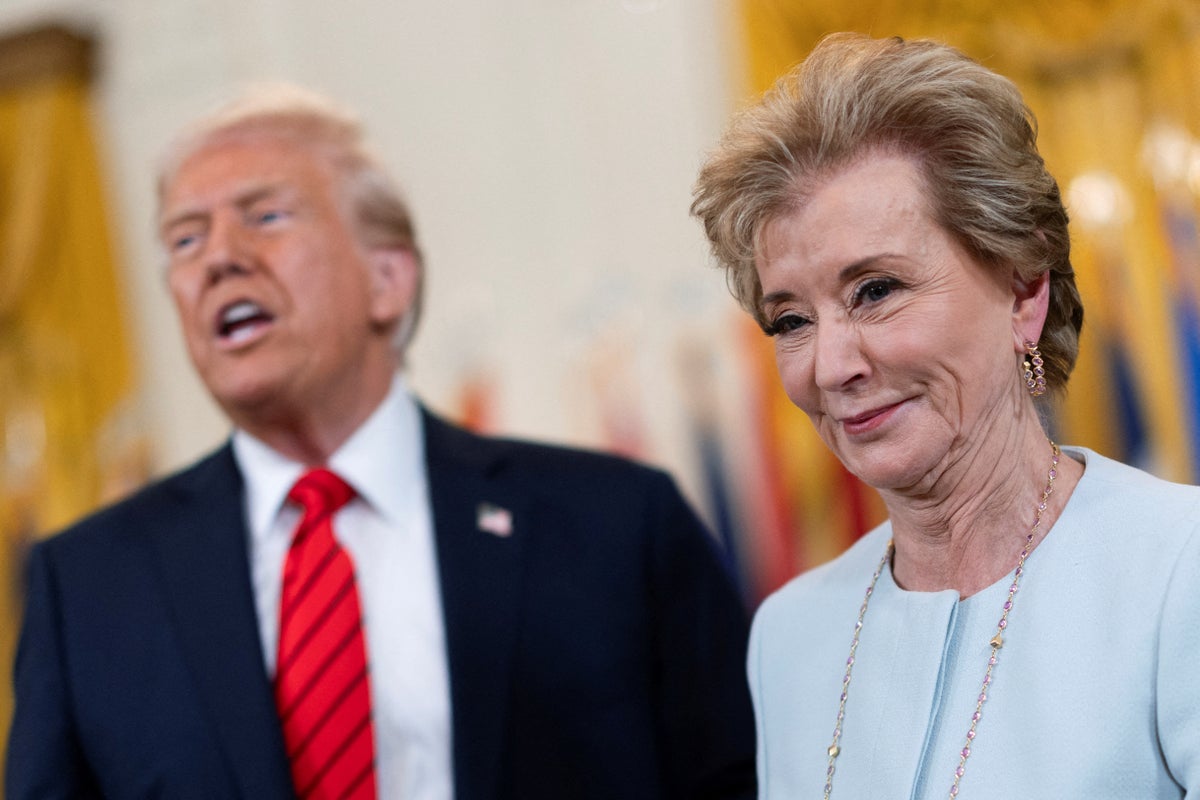



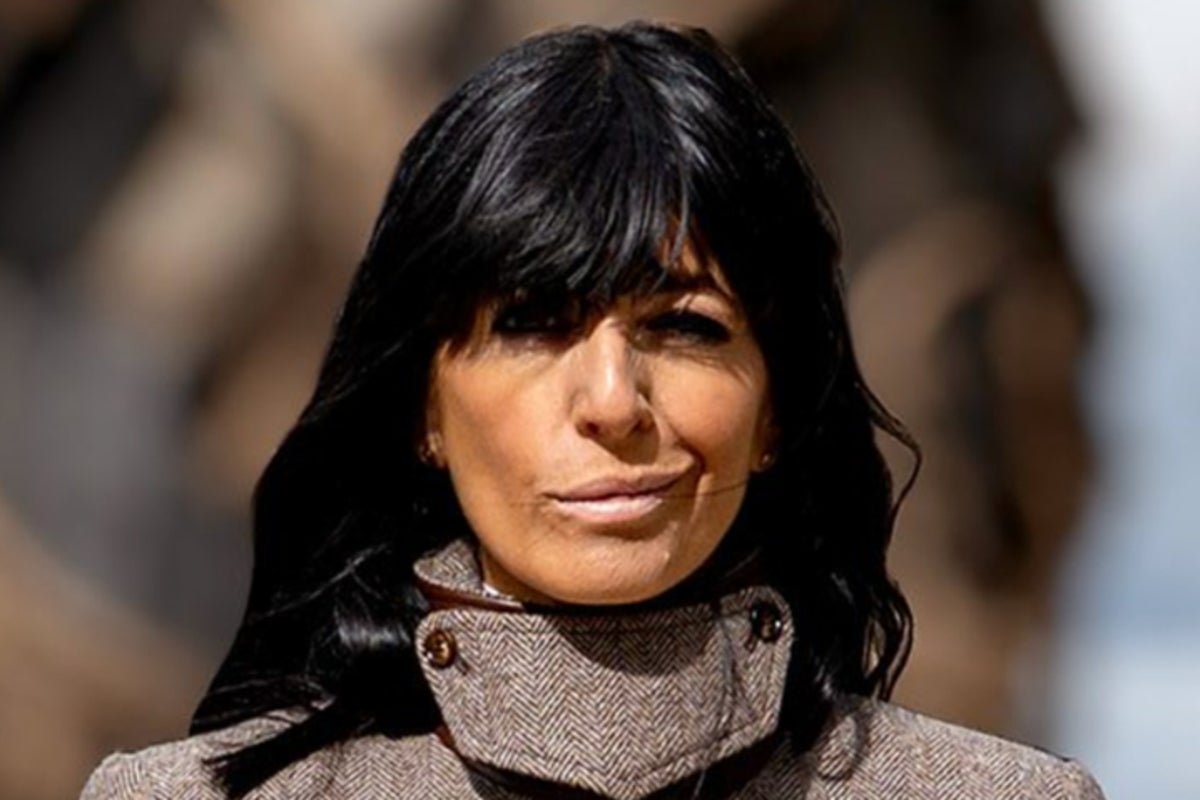







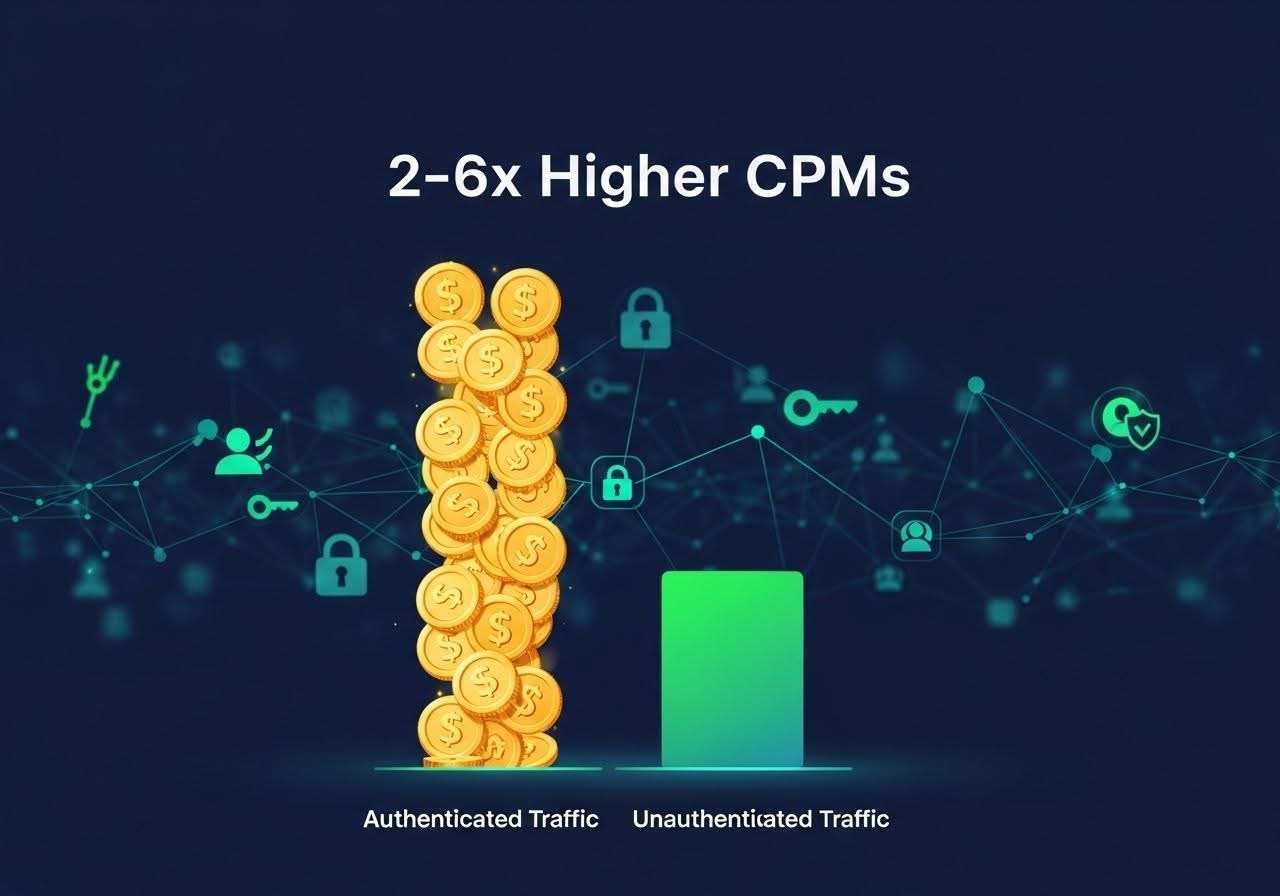
 English (US) ·
English (US) ·